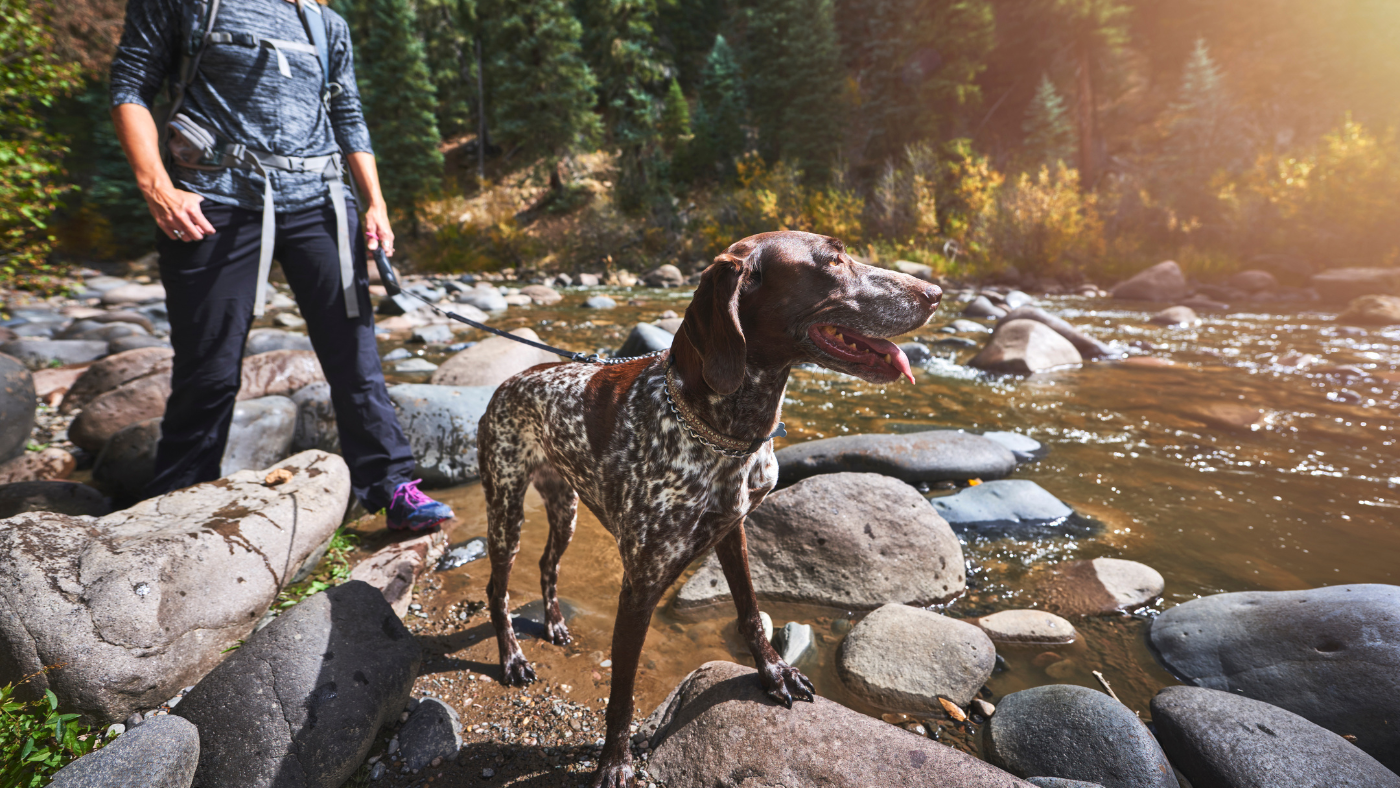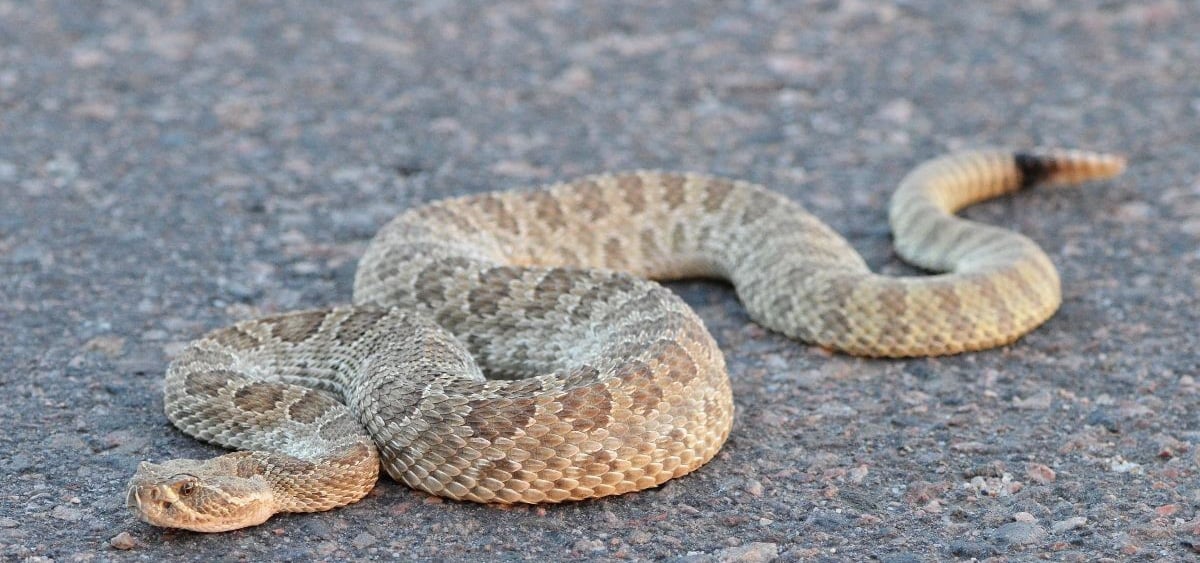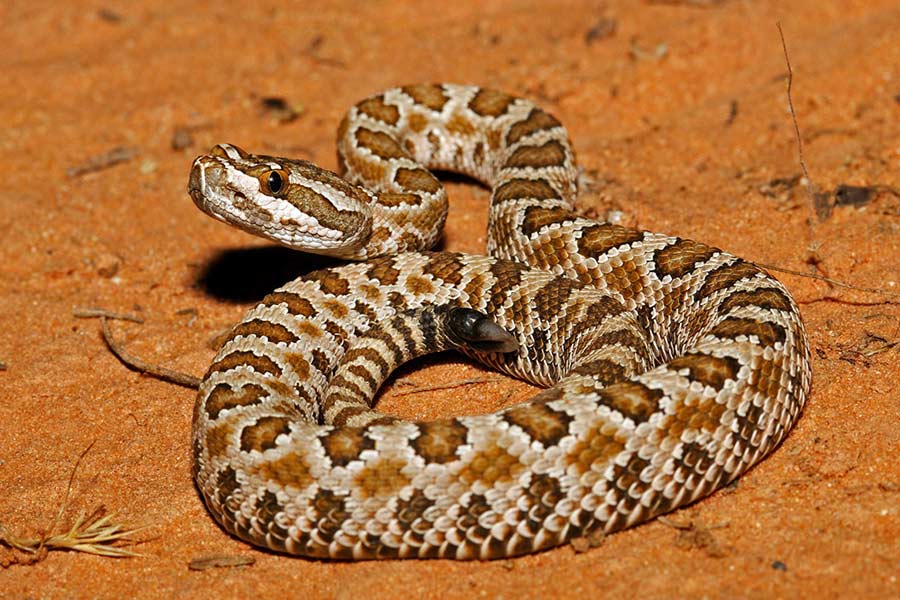What to Do If You Encounter a Snake While Hiking: Essential Tips to Stay Safe
If you encounter a snake while hiking, calmly back away and give it space. Avoid sudden movements and do not try to touch or provoke the snake.
To ensure your safety, stay on the designated trail and wear appropriate footwear to protect yourself from potential snake encounters. Being aware of your surroundings and making noise as you walk can help alert snakes to your presence, giving them the opportunity to move away before you approach.
Understanding basic snake behavior and knowing how to react in these situations can help you enjoy a safe and peaceful hiking experience. Whether you’re a novice hiker or an experienced outdoor enthusiast, being prepared for wildlife encounters, including snakes, is essential for a rewarding and enjoyable time in nature.
Identifying Snakes
Snake encounters can be alarming while hiking, so it’s essential to quickly and accurately identify the species to ensure both your safety and the snake’s. By paying attention to the color patterns and physical features, you can help determine whether the snake is venomous and take appropriate action. Here’s how to identify different types of snakes to effectively manage encounters while hiking.
Color Patterns
When encountering a snake, the color patterns can provide crucial clues to its identity. Differentiate between solid or patterned colors and markings, which can range from stripes and bands to spots and blotches. For instance, brightly colored and boldly patterned snakes may indicate venomous species, while muted or earth-toned colors are often associated with nonvenomous snakes. Bold and contrasting color schemes should raise immediate caution, as they may indicate potential danger.
Physical Features
Examining the physical features of a snake is crucial for accurate identification. Note the shape and size of the snake’s head, as venomous snakes typically have triangular-shaped heads compared to the more rounded heads of nonvenomous snakes. Moreover, observe the eyes, scales, and overall body shape. Venomous species often have larger, more pronounced scales, particularly near the anal region, and elliptical pupils rather than round pupils. These physical characteristics can help distinguish between venomous and nonvenomous snakes during encounters.

Credit: www.tartarshield.com
Safety Precautions
While hiking, it’s important to be cautious around wildlife. If you encounter a snake, remain calm and slowly back away without disturbing it. Give the snake plenty of space and avoid sudden movements. Notify others of the sighting and choose a different route if possible.
Maintain Distance
If you encounter a snake while hiking, one of the most important safety precautions to take is to maintain a safe distance from the snake. It is crucial to remember that snakes are wild creatures and can be unpredictable in their behavior. Approaching or trying to handle a snake can put you at risk of being bitten. Experts recommend keeping a distance of at least six feet or two meters from the snake to ensure your safety.
Stay Calm And Still
When you come across a snake during your hike, it is vital to stay calm and still. Panicking or making sudden movements can startle the snake and provoke it to defend itself. Take a deep breath, keep your body relaxed, and avoid making any sudden or jerky motions. By remaining calm and still, you reduce the chances of agitating the snake and increase the likelihood of it moving away peacefully.
Response To Encountering A Snake
Encountering a snake while hiking can be unsettling, but it’s essential to respond calmly and appropriately to ensure your safety.
Back Away Slowly
When you spot a snake on the trail, the best course of action is to slowly back away to give the snake space.
Do Not Try To Touch Or Capture
It is crucial to remember that snakes can be dangerous and unpredictable creatures, so refrain from attempting to touch or capture the snake.
Here are some important tips to keep in mind when encountering a snake:
- Remain calm and avoid sudden movements
- Give the snake space to retreat
- Do not attempt to handle the snake
Remember, snakes play a crucial role in the ecosystem and should be respected from a distance for your safety and theirs.

Credit: www.douglas.co.us
Seeking Medical Attention
If you encounter a snake while hiking, it is crucial to seek immediate medical attention. Stay calm, keep a safe distance, and call for help, as some snake bites can be venomous and require prompt treatment.

Credit: www.army.mil
Frequently Asked Questions Of What To Do If You Encounter A Snake While Hiking
What To Do If A Snake Is In Your Path?
If you encounter a snake in your path, stay calm and move slowly away from it. Do not approach or provoke the snake. Keep a safe distance and avoid making sudden movements. If you feel threatened or need assistance, contact a professional snake removal service.
What To Do If A Snake Is Coming At You?
If a snake is coming at you, slowly and calmly back away to a safe distance. Avoid sudden movements. Keep an eye on the snake’s location. Seek help if necessary and do not provoke or threaten the snake. Stay calm and give the snake space to move away.
What To Do If A Snake Chases You?
Stay calm and slowly move away while making sure you don’t make sudden movements. Avoid direct eye contact and back away slowly. Seek higher ground or a safe location. Call for help if needed. Remember, most snakes do not chase humans intentionally.
What Steps Should Be Taken If You Encounter A Snake?
If you encounter a snake, slowly back away to give it space. Do not approach or provoke it. Notify local authorities to safely handle the situation.
Conclusion
Remember, encountering a snake while hiking can be scary, but staying calm is crucial. By following the safety tips outlined in this blog, you can minimize the risk and protect yourself when facing a snake in the wild. Awareness and preparedness are key in ensuring a safe and enjoyable hiking experience.






